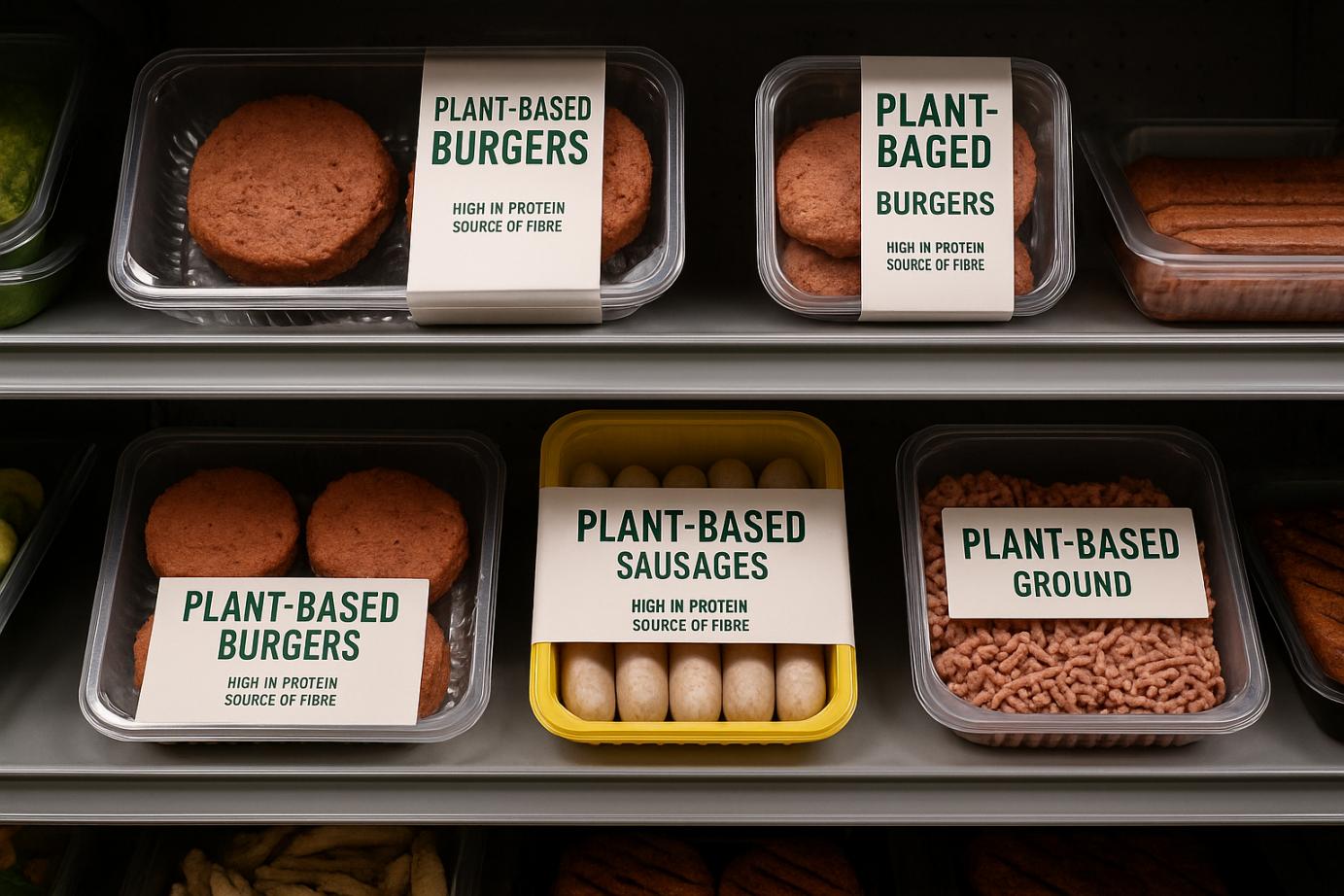
Recently, according to the latest data from Market Research Future, the global plant-based food market is expected to exceed 30 billion US dollars in size by 2035, with a compound annual growth rate as high as 11.19% during this period. Behind this data lies not only the positive trend of consumers' awakening health awareness and enhanced environmental responsibility, but also the complex aspects in business operations that are worth in-depth analysis.
From a business logic perspective, the explosive growth of the plant-based food market is essentially the result of the dual effects of demand-side transformation and supply-side response. The improvement of health awareness has prompted consumers to actively seek dietary options that are low in saturated fat and high in fiber, while the demand for environmental sustainability has driven them to avoid the carbon emission pressure brought by the livestock industry. Under this dual drive, enterprises quickly seized the market gap and transformed plant protein into a substitute with a taste close to that of meat through technological innovation, forming a complete business closed loop from research and development to marketing. However, in this process, some enterprises overly rely on "healthy" and "environmentally friendly" labels for marketing, while neglecting the objective presentation of the actual nutritional value of their products, which leads consumers to make irrational choices due to information asymmetry.
The contradictions at the supply chain level are particularly prominent. Although plant-based food production is promoted as a resource-conserving model, at present, the costs of raw material procurement, processing technology and cold chain distribution for plant-based foods are still significantly higher than those for traditional animal-based products. Take soy protein as an example. Its conversion rate from cultivation to processing into minced meat substitutes is less than 30%, and it relies heavily on water and energy input. This cost structure directly drives up the prices of terminal products, causing plant-based foods to face resistance from price-sensitive consumers as their penetration rate in the mass market increases. What is more worthy of attention is that some enterprises, in order to cut costs, use genetically modified raw materials or chemical additives to improve the taste, which instead weakens the "natural and healthy" attribute of the products, creating a mismatch between business logic and consumer expectations.
The evolution of the market competition pattern also conceals risks. The current plant-based food market is showing a trend of polarization: leading enterprises are rapidly expanding by leveraging their brand advantages and capital support, and consolidating their market positions through mergers and acquisitions of small and medium-sized brands. Emerging enterprises enter niche markets with differentiated positioning, such as focusing on organic raw materials or specific dietary cultures (such as Middle Eastern vegetarianism). Under this pattern, small and medium-sized enterprises are under the dual pressure of scarce R&D resources and high channel entry barriers, which may lead to limited market innovation vitality. Meanwhile, traditional meat giants have made defensive moves by launching their own plant-based product lines, further squeezing the survival space of independent brands.
From the perspective of long-term business sustainability, the plant-based food industry needs to confront three major challenges: First, how to balance large-scale production and product quality control to avoid quality decline caused by rapid expansion; Secondly, how to build a transparent and trustworthy supply chain traceability system to respond to consumers' concerns about raw material sources and the production process; Thirdly, how to continuously reduce production costs through technological innovation to make product prices more competitive. Furthermore, as laboratory-grown meat technology matures, plant-based foods may face alternative competition from cell-cultured meat, which requires enterprises to make early preparations for technological reserves and differentiated positioning.
The prosperity of the plant-based food market is the result of the collision between the upgrading of consumer demands and business innovation. However, its future direction depends on whether enterprises can build a complete value chain covering cost optimization, quality assurance and consumer education while pursuing growth. Beyond the narrative of health and environmental protection, the essence of business has always been the art of balancing efficiency and value. This might be the key to determining whether the blueprint of a $30 billion market can truly be realized.

Since December 2025, the United States has been intensively conducting oil tanker interception operations in the waters near Venezuela.
Since December 2025, the United States has been intensively…
When U.S. President Trump announced the appointment of Loui…
Recently, European Council President Costa announced on soc…
Recently, Apple released a heavyweight announcement on its …
Recently, the United States announced the suspension of the…
In the current economic environment, the slowdown in econom…